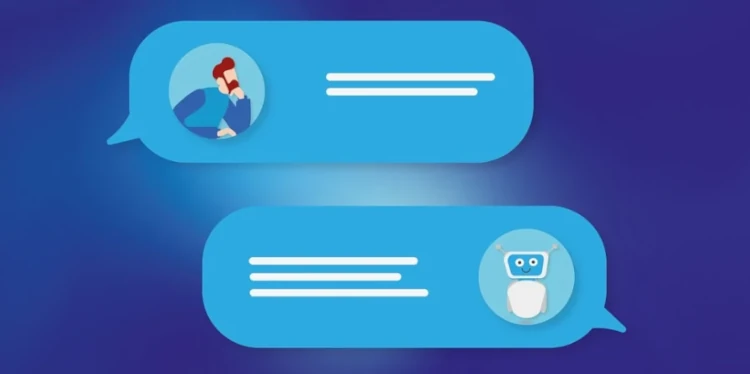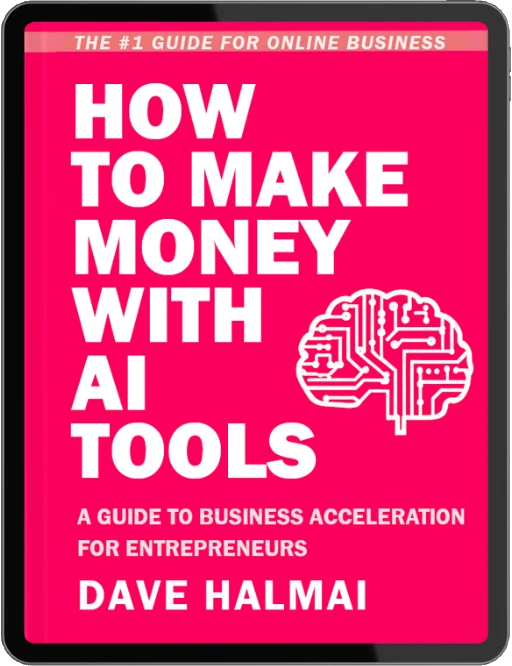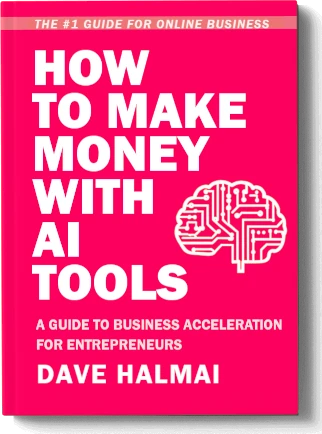Creating high-quality content using ChatGPT can be a challenge for advanced users. That’s where content creation frameworks come in.
These frameworks provide a structured approach to creating effective content for ChatGPT. In this article, we’ll go over the top 10 content creation frameworks for ChatGPT that can be used to produce chatbot content that is both engaging and effective.
By incorporating one of these frameworks into your prompts, you can get more structured output from ChatGPT.
Add “according to the AIDA framework” or “use the PASTOR framework” to your prompt and see your results improve.
1. The AIDA Framework for Advertising
The AIDA framework stands for Attention, Interest, Desire, and Action. It’s a popular framework used in marketing that can be applied to creating content for ChatGPT. The idea is to grab the user’s attention, create interest in the topic, build desire for the product or service, and encourage the user to take action.
2. The FAB Framework for Copywriting
The FAB framework stands for Features, Advantages, and Benefits. It’s a framework that is commonly used in sales to highlight the features of a product or service and how they can benefit the user. This framework can be applied to creating content for ChatGPT by highlighting the features of the chatbot and how they can benefit the user.
PAS Framework for Sales Copy
The PAS framework stands for Problem, Agitate, and Solve. It’s a framework that is commonly used in copywriting to address the user’s problem or pain point, agitate it to create a sense of urgency, and then provide a solution. This framework can be applied to creating content for ChatGPT by addressing the user’s problem or question, agitating it to create a sense of urgency, and providing a solution through the chatbot’s response.
4Ps Framework for Marketing Strategies
The 4Ps framework stands for Product, Price, Promotion, and Place. It’s a framework commonly used in marketing to develop a marketing strategy. This framework can be applied to creating content for ChatGPT by highlighting the product (the chatbot), the price (free or paid), the promotion (how to access the chatbot), and the place (where the chatbot can be accessed).
SOSTAC Framework for Marketing Plans
The SOSTAC framework stands for Situation, Objectives, Strategy, Tactics, Action, and Control. It’s a comprehensive framework used in marketing to develop a marketing plan. This framework can be applied to creating content for ChatGPT by analyzing the situation, setting objectives, developing a strategy, implementing tactics, taking action, and monitoring and controlling the chatbot’s performance.
SCQA Framework for News Articles
The SCQA framework stands for Situation, Complication, Question, and Answer. It’s a framework commonly used in journalism to structure news articles. This framework can be applied to creating content for ChatGPT by setting the situation or context, introducing a complication, posing a question, and providing an answer through the chatbot’s response.
AICDAC Framework for Sales
The AICDAC framework stands for Attention, Interest, Credibility, Desire, Action, and Close. It’s a comprehensive framework used in sales to develop a sales pitch. This framework can be applied to creating content for ChatGPT by capturing the user’s attention, generating interest, establishing credibility, building desire, encouraging action, and closing the conversation.
5W1H Framework for Journalism
The 5W1H framework stands for Who, What, When, Where, Why, and How. It’s a framework commonly used in journalism to gather information. This framework can be applied to creating content for ChatGPT by answering the questions of who the chatbot is for, what it does, when it can be accessed, where it can be accessed, why it’s useful, and how it works.
9. 6Cs Framework for Content Marketing
The 6Cs framework stands for Creativity, Clarity, Consistency, Customer Focus, Content, and Context. It’s a comprehensive framework used in content marketing to develop effective content. This framework can be applied to creating content for ChatGPT by focusing on creativity, clarity, consistency, customer focus, content quality, and context relevance.
10. PASTOR Framework for Persuasive Sales Copywriting
The PASTOR framework stands for Problem, Amplify, Story, Transformation, Offer, and Response. It’s a comprehensive framework used in copywriting to develop persuasive copy. This framework can be applied to creating content for ChatGPT by addressing the user’s problem, amplifying it to create urgency, telling a story that resonates with the user, providing a transformational solution, making an offer, and encouraging a response.
Conclusion: ChatGPT Copywriting Frameworks
Creating effective content for ChatGPT can be challenging for advanced users. However, using content creation frameworks can provide a structured approach to developing engaging and useful chatbot content.
The top 10 frameworks discussed in this blog post can be applied to various content types, from marketing messages to news articles to sales pitches. With these frameworks, users can create compelling content that resonates with their audience and delivers value through ChatGPT.



